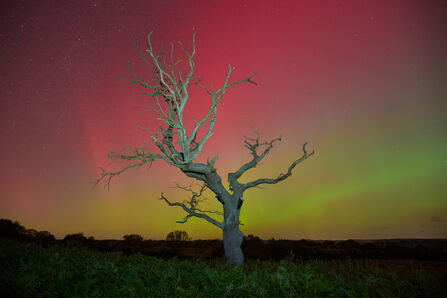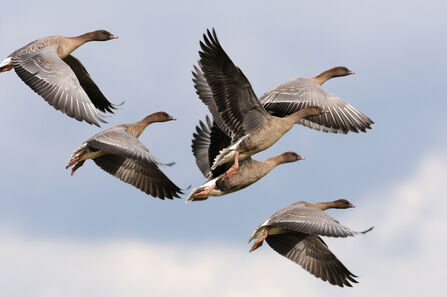No surprise that by mid-November it was shaping up to be a warm one and if it had continued it would have been, by-far, the warmest on record. However, on the weekend of the 15th and 16th, storm Claudia passed through. The wind wasn’t too bad, and no significant damage occurred on our reserves. Plenty of much needed rain fell, a helpful start to topping-up our severely depleted aquafer. Broadlands didn’t have the first touch of frost until the 18th, and a flurry of snow on the 20th saw the month settle into normality. Vice-Admiral Robert Fitzroy, who had previously captained HMS beagle (Darwin’s ‘world tour’ ship), founded the Met Office and established the science of weather forecasting. The predictions for the likely weather in the UK for every week of the year still hold true to this day. Snow is still much more likely in the first week of December than the last – perhaps we should consider moving Christmas!
I know I’m an old romantic, but I’m sure Guy Fawkes Nights of my youth were always frosty, certainly cold enough for gloves. The next morning would never fail to be foggy, a combination of the weather and a huge dollop of smoke. My boyhood imagination made it reminiscent of a Napoleonic battlefield as a still day would find the smell of smoke hanging heavily in the air until lunchtime. Eerily silent, but in my opinion vastly more impressive than fireworks, are the Northern Lights. A massive solar eruption, known as a Coronal Mass Ejection, occurred in early November. The wave of charged particles was due to hit the earth on the evening of the 11th and 12th, and it was predicted to cause the most spectacular Aurora Borealis for decades. It was, of course, cloudy!



